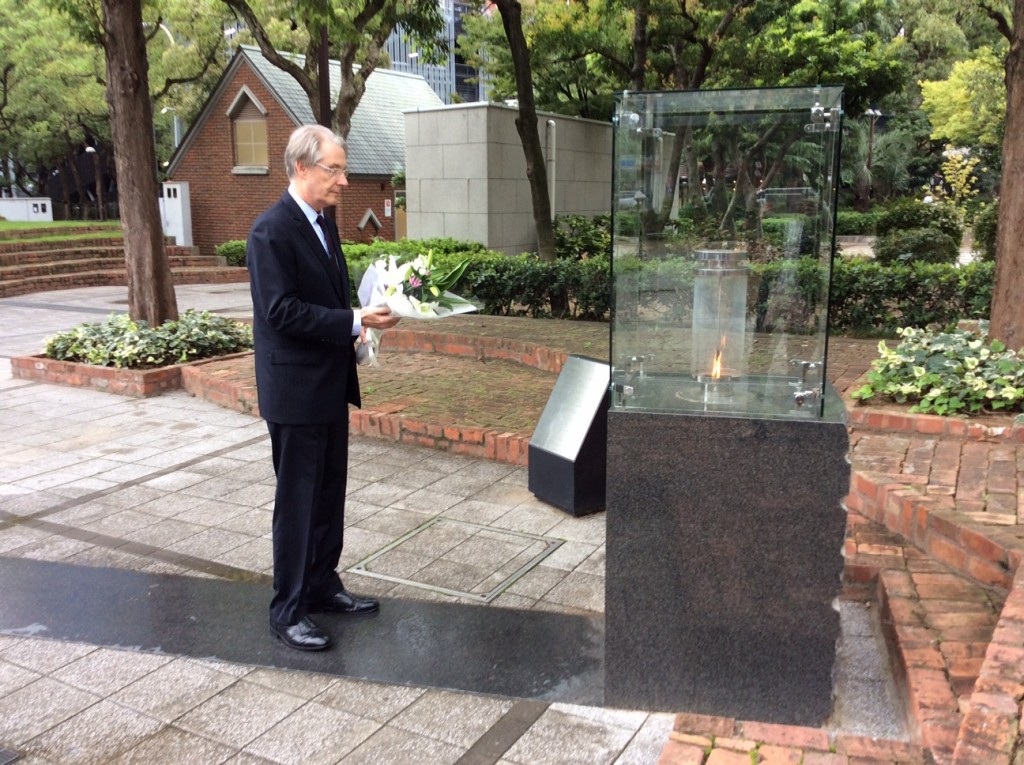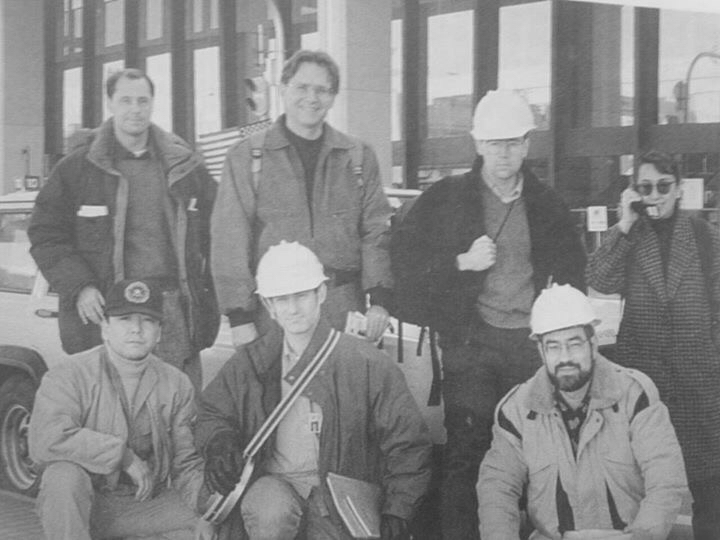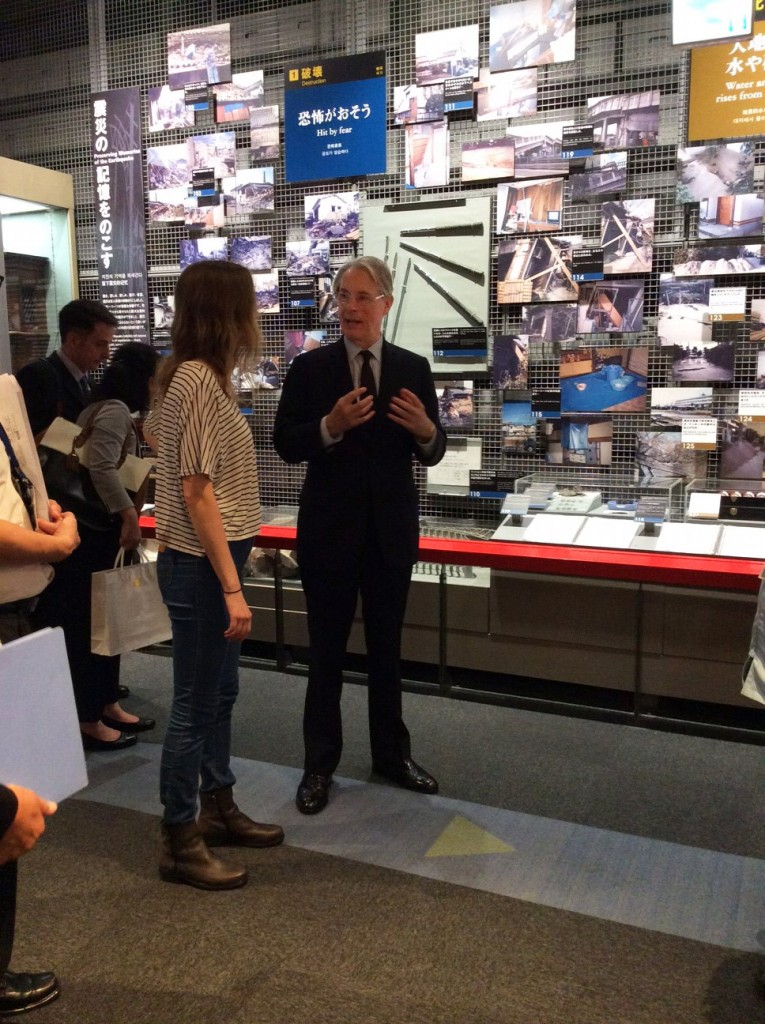At about five-thirty in the morning on January 17, 1995, I woke up in the dark for some reason and got out of bed. I was standing in the hallway when I felt the jolt of an earthquake. I switched on the television and very soon NHK began to report on the devastating earthquake that had struck Kobe, Awaji, and the surrounding area at 5:46 am. Apparently, however, the jolt I had felt in Tokyo was a completely distinct earthquake that happened to hit just before the Kobe earthquake.
At the time I was a visiting foreign scholar at the University of Tokyo. I went through the day in disbelief like everyone else, following the reports of the increasingly grim devastation. It was only at the end of the day that the obvious struck me -- I should be volunteering to help. I went directly to the Consul General at the Embassy, who was putting together a small team to assist in the affected areas. The next day I left with four other team members on the Shinkansen for Osaka, with our intrepid Japanese driver making his way separately in a Jeep loaded with gear. We assumed we would be sleeping in shelters and it would be cold, so we carried backpacks that we had hurriedly filled with our warmest clothes and whatever else we thought we might need.
The train lines were literally ruptured by the earthquake and parts of the highway lay on their side. I decided that the only way to get to Kobe from Osaka quickly was to hitchhike. I got a ride with a couple of young men who were determined to help their stranded aunt in the city. The road was packed with cars. Along the way there were checkpoints and the police were only letting through those with essential business. When the police questioned us, I asked the young men to show my diplomatic ID. The police immediately waved us through. The pair quickly became enthusiastic and proud proponents of diplomatic privilege as we passed through each succeeding checkpoint. After we arrived in Kobe, I thanked them and set off on foot.
The fires had gone out and the city was quieter than I had expected. The modern buildings seemed largely intact, but many of the old wooden homes had completely collapsed. Nishinomiya Station was dark and empty, and the shopping arcades were perilously damaged. For the next five days we looked into the welfare and whereabouts of American citizens and stood ready to help in any other way if needed. Many images remain with me to this day. I reflect on the orderliness of the residents in the face of such devastation and loss. I recall walking the dark streets at night and suddenly coming upon a ramen vendor who had somehow managed to get his cart into the heart of the city. Grateful residents came out to enjoy the hot noodles and a bit of normal life. The Kobe Club, which dates back to the time of the Meiji Restoration, had become a shelter where many foreigners sought refuge, sleeping on the floor in the dining room. I met a young American who had been injured in the earthquake and was being treated at a small hospital. I remember his joy when we helped him call his mother back in New York to let her know he was alive. Most of all, I remember all of the dedicated volunteers who streamed into the affected areas to help.
Last year, 21 years after the Great Hanshin Earthquake, I returned to Kobe to pay my respects and say a prayer for all those who had lost their lives or suffered in some way. Although I was impressed by how the city had recovered, I wasn’t surprised. Even in the midst of such devastation, I could sense the pride and rich history of this beautiful and charming city. Kobe’s history is also intertwined with the history of American diplomacy in Japan; we first established a consular post there in the late 19th century.

Paying my respects at the Earthquake Memorial Monument and the Great Hanshin Earthquake memorial flame, "1.17 Light of Hope," at Higashi-yuenchi Park in Kobe.
On this year's anniversary of the tragic event, I offer my condolences to the families and friends of all those who were lost.









COMMENTS0
LEAVE A COMMENT
TOP